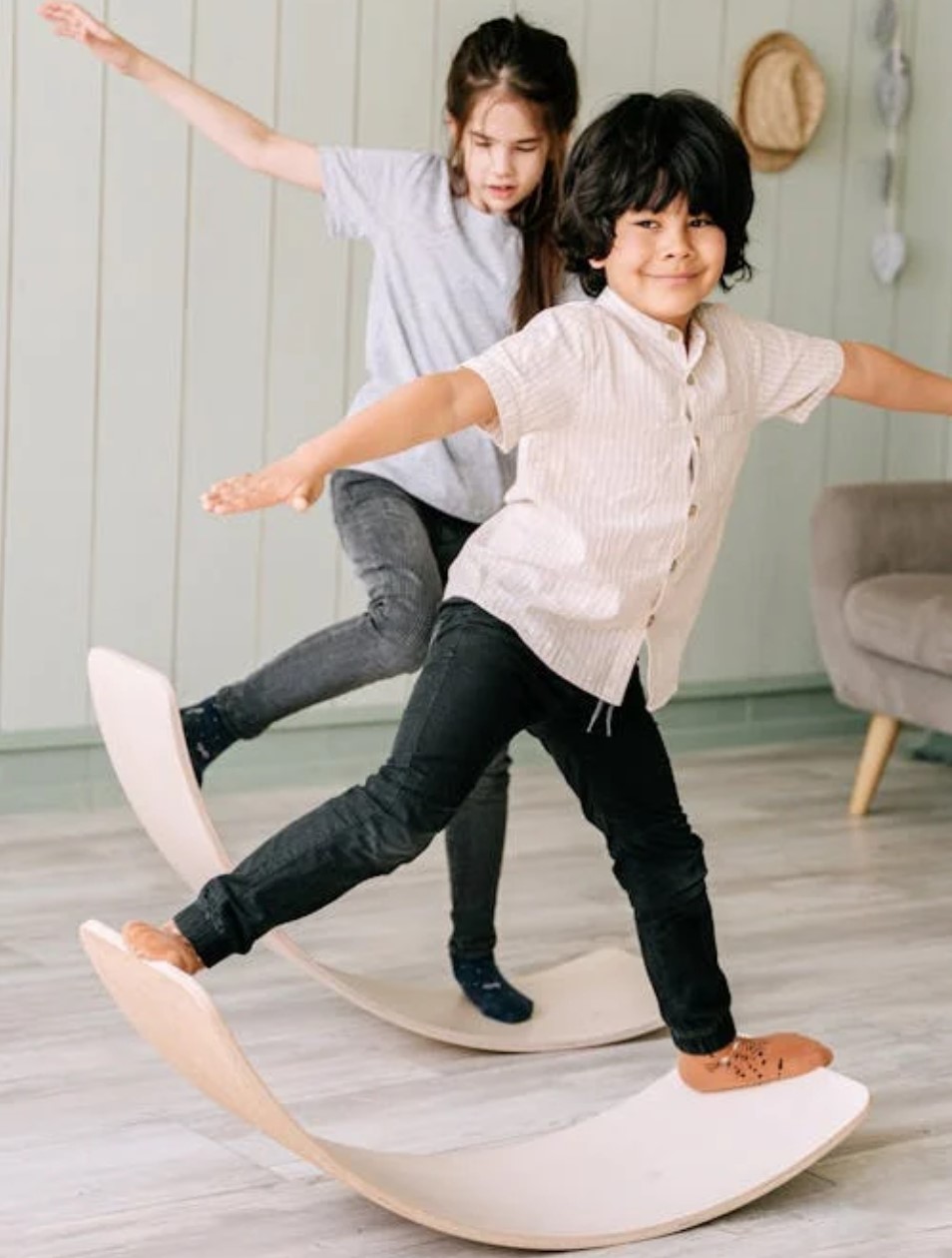Physical Education viewed through the Lens of Healthspan, Part Two – Stability

This blog is the second in a series discussing how to gain perspective on the value of physical education by viewing it through the lens of "Healthspan". In Part One – General Concepts, we quickly covered current shortfalls in physical education, the concepts of lifespan and healthspan, and basic pillars of exercise that are part of the applied science of longevity.
Just to recap on what we mean by Lifespan and Healthspan: Lifespan is the period of time that a person is alive. Healthspan is a newer term, defined as the length of time that the person is healthy—not just alive.
Stability
Here is how Dr. Peter Attia defines the concept of Stability: "Stability is a crucial, often overlooked component of health, as it protects against falls and injuries that can significantly impact quality of life as we age. Developing stability enhances our ability to perform everyday tasks safely and confidently, supporting longevity and functional independence."
Key Elements of Stability
Key elements of Stability include:
- Balance - Critical to sitting, standing and walking.
- Stabilization (Dynamic and Static) - Being able to control complex movements or hold a position using force effectively and efficiently.
- Core Fitness - Not just about strength and endurance of the "six pack", but integrating all the muscles that wrap around your back and that extend to your extremities.
- Fall Prevention - Being able to withstand the expected forces of movement as well as the "surprise" forces of a misstep, a bump or sudden give way of support.
- Posture - "Ears/Shoulders/Hips" is how we are designed to maintain upright balance and stabiity. When these are misalligned we lose efficiency and decrease stability.
- Matching Stability Training Difficulty to Current Fitness Level and Goals - Not everyone has the same level of stability, the ability to improve stability or the same needs/goals for stability.
- Using Play to Keep Stability Training Fun - Even "work" should be "fun." Stabilty training should be enjoyable and appropriately challenging.
Resources on Stability
Dr. Peter Attia has a number of video clips discussing Stability and its impact on Longevity.
Everyday Physical Activity Boost: Balance and Stability
Why Balance Instruction is Crucial for Fitness
Stability 101
From Novice to Pro: Progressing through Stability ExercisesLooking Forward in This Blog Series
We have three more pillars to cover as the subject of future blogs:
- Strength
- Aerobic Training, and
- Anaerobic Training
So our next blog in this series will be Physical Education viewed through the Lens of Healthspan, Part Three – Strength.
Until then just remember: we’re encouraging you to take a critical look at how you currently view physical education. Start by retiring the notion of “gym class” and reevaluate every moment you spend on teaching physical education. Reframe every class of physical education as a critical component to optimizing lifespan and healthspan. As an educator, how well are you meeting those two goals? Focus not on attaining the greater good, but the greatest possible good from your efforts.
Guest Blogger:
Bill Franklin, the CEO of Internet4Classrooms, is our guest blogger this month. He has been on the faculty at The George Washington University, has years of platform instructional experience, was a career Army Special Operations officer and also has decades of experience as a youth sports coach.
Search Internet4Classrooms







